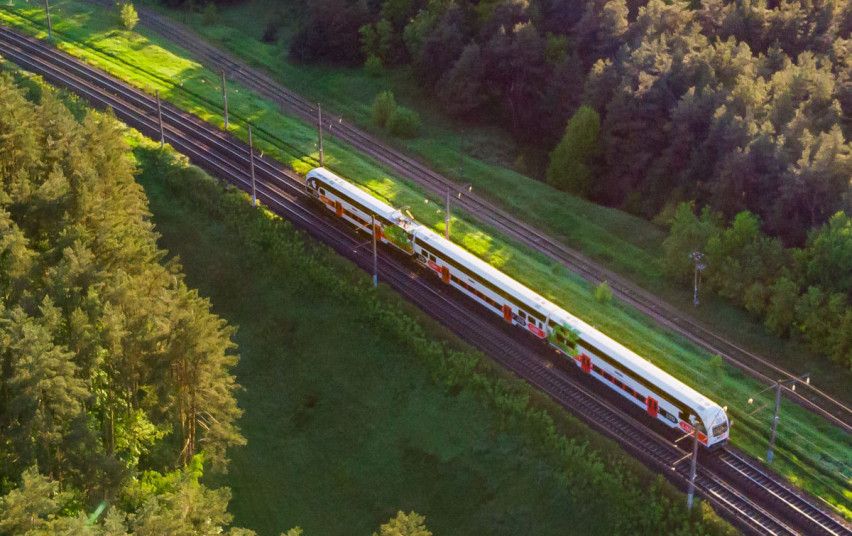 The public can now get acquainted with the concept of the development plan of Kaunas railway node communication engineering infrastructure and the strategic environmental impact assessment report. The communities of the locations near Kaunas railway node, related organisations and the public are invited to actively participate in the territorial planning process, and to make reasoned suggestions during public deliberation.
The public can now get acquainted with the concept of the development plan of Kaunas railway node communication engineering infrastructure and the strategic environmental impact assessment report. The communities of the locations near Kaunas railway node, related organisations and the public are invited to actively participate in the territorial planning process, and to make reasoned suggestions during public deliberation.
“Kaunas railway node is one of the most complex structures that Rail Baltica trains will cross. It is also one of the most important logistics centres in Lithuania — here cargo routes between Northern, Western and Central Europe will intersect, and transit cargo from the East and Klaipėda Seaport will be transported. The node is of particular importance to Lithuania and its business, especially given the current geopolitical situation, therefore we invite the public to actively express and make suggestions because dialogue brings the best results,” says Deputy Minister of Transport and Communications Loreta Maskaliovienė.
Optimal development solutions of the Rail Baltica railway project in Kaunas railway node, and recommendations regarding the territories necessary for the development of the communication engineering infrastructure with the aim of facilitating sustainable development were prepared by the Spanish company Ardanuy Ingenieria S.A. Following public consultations, the optimal alternative will be chosen. Once it is identified, the company will have to prepare specific solutions and carry out their environmental impact assessment.
According to Arenijus Jackus, Director of Rail Baltica Coordination at LTG Infra, once the project is fully implemented, Kaunas railway node will become the main centre in the logistics chain: “The node’s functionality and importance to the whole region as a logistics centre is especially high, therefore its development is a strategic phase that we aim to implement as soon as possible. It is important that the solutions chosen for Kaunas railway node ensure smooth traffic and service of passenger and cargo trains from Lithuania, Latvia, Estonia and Poland. At Kaunas Intermodal Terminal, rail cargo is currently transferred from the wide gauge to the European gauge wagons — this is the way cargo is transported from Poland, Estonia, Latvia and Scandinavia, and reverse transit from Western and Central Europe to these countries is carried out the same way.”
The concept of the development plan of Kaunas railway node communication engineering infrastructure, and the strategic environmental impact assessment report are available from 20 June 2022 to 20 July 2022. During this period, the territorial planning document is available in the Territorial Planning Documents Preparation and Territorial Planning Process State Supervision Information System TPDRIS (https://www.tpdris.lt/lt_LT/web/guest/sarasas, TPD No. S-NC-00-19-9), head office of the Planning Organiser (the public is received only by prior appointment, using the contact information above), website of the Ministry of Transport and Communications of the Republic of Lithuania (www.sumin.lrv.lt).
The concept solutions are also available in Web GIS online space: http://inx.lv/HgHK.
The public meeting will take place on 21 July 2022 at 5 p.m. in the Great Hall of Kaunas City Municipality (Laisvės al. 96, Kaunas). The public meeting will also be broadcasted online. Broadcast link: https://bit.ly/3xeA6hD
Rail Baltica is the largest railway infrastructure project in the Baltic States, which will build a fully electrified double-track European gauge railway connecting Warsaw, Kaunas, Vilnius, Panevėžys, Riga, Pärnu and Tallinn. The total length of Rail Baltica in the Baltic States will be 870 km, with 392 km in Lithuania, 265 km in Latvia and 213 km in Estonia.
